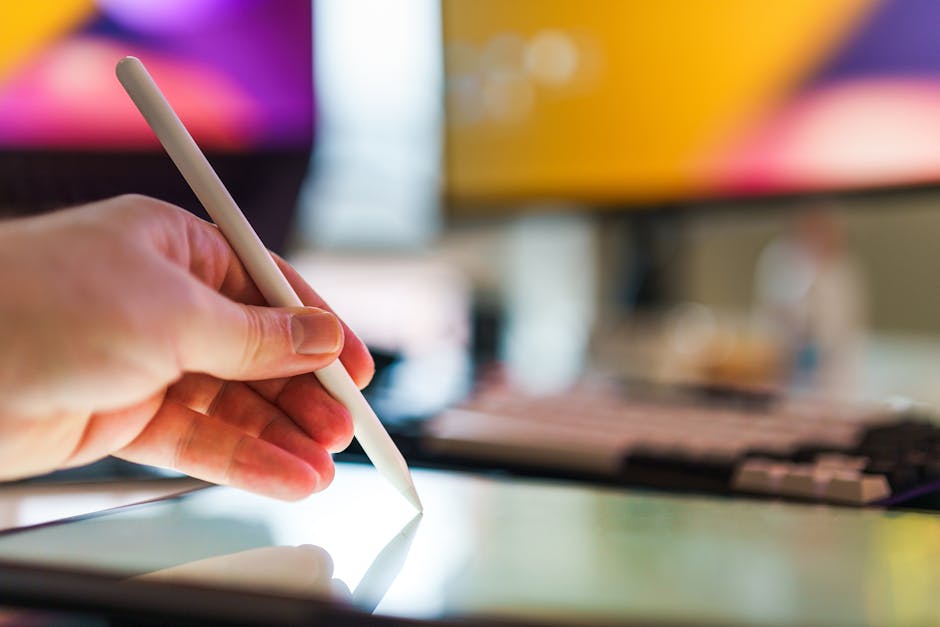Indoor Plant Watering: Frequency and Care Tips 🌿
Welcome to the verdant world of indoor plants! Whether you’re a seasoned green thumb or a budding plant enthusiast, proper watering is key to ensuring your leafy companions thrive. In this guide, we’ll dive into how often you should water your indoor plants and share some expert care tips to keep them lush and healthy.
Table of Contents
1. The Importance of Watering
2. How Often Should You Water Your Indoor Plants?
3. Practical Tips for Watering Indoor Plants
4. Common Watering Mistakes to Avoid 🚫
5. Conclusion
6. FAQ
The Importance of Watering 💧
Water is the lifeblood of your indoor plants. It not only helps in nutrient absorption but also keeps the plant cells turgid, which is essential for structural support. Think of watering as the foundation of plant care—without it, even the hardiest plants can wither away.
How Often Should You Water Your Indoor Plants? 📅
The frequency of watering varies based on several factors, including plant species, pot size, and environmental conditions. Here’s a quick guide:
Cacti and Succulents: These drought-tolerant plants require watering every 2-4 weeks. Let the soil dry out completely between waterings.
Tropical Plants: These often need watering once a week. Keep the soil consistently moist but not waterlogged.
Flowering Plants: During the blooming phase, these may need more frequent watering, about once every 3-4 days.
Practical Tips for Watering Indoor Plants 🌱
1. Use the Right Amount of Water: Ensure the pot has drainage holes. Water until it begins to drip out the bottom, ensuring the roots are well-soaked.
2. Check the Soil: Use your finger to test moisture levels; if the top inch of soil feels dry, it’s time to water.
3. Adjust for Seasons: Plants generally need less water in winter due to slower growth rates, while summer might require more frequent watering.
Common Watering Mistakes to Avoid 🚫
Avoid these pitfalls to keep your plants healthy:
Overwatering: This is the most common mistake. It can lead to root rot and eventually kill the plant.
Inconsistent Watering: Regularity is key. Irregular watering can stress plants, making them more susceptible to disease.
Using Cold Water: Always use room temperature water, as cold water can shock the plant’s roots.
Conclusion
Watering your indoor plants might seem like a simple task, but it requires attention and care. By understanding your plant’s specific needs and adjusting your watering habits accordingly, you can ensure a vibrant indoor garden that flourishes year-round.
FAQ
Q1: Can I use tap water for my indoor plants?
A: Yes, most indoor plants are fine with tap water. However, if your tap water is heavily chlorinated, consider letting it sit out overnight to allow the chlorine to evaporate.
Q2: How do I know if I’m overwatering my plants?
A: Signs of overwatering include yellowing leaves, wilting despite wet soil, and a musty smell from the soil.
Q3: Should I water my plants at a specific time of day?
A: The best time to water is in the morning. This gives the plant a chance to absorb moisture before the heat of the day, reducing evaporation and potential fungal growth.
Q4: What should I do if my plant’s leaves are drooping?
A: Drooping leaves can be a sign of both overwatering and underwatering. Check the soil moisture to determine the cause and adjust your watering schedule accordingly.
Q5: How can I ensure my plant is getting enough humidity?
A: Consider misting your plants, especially tropical varieties, or place a tray of water near your plants to increase humidity levels naturally.




